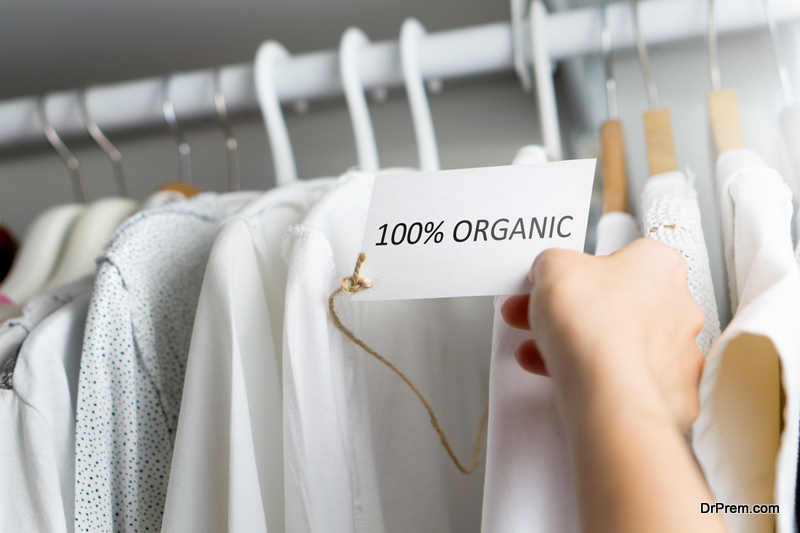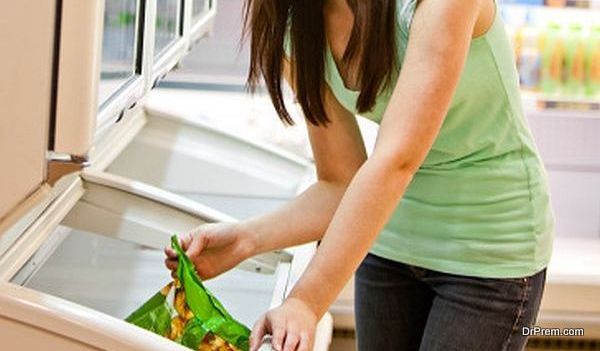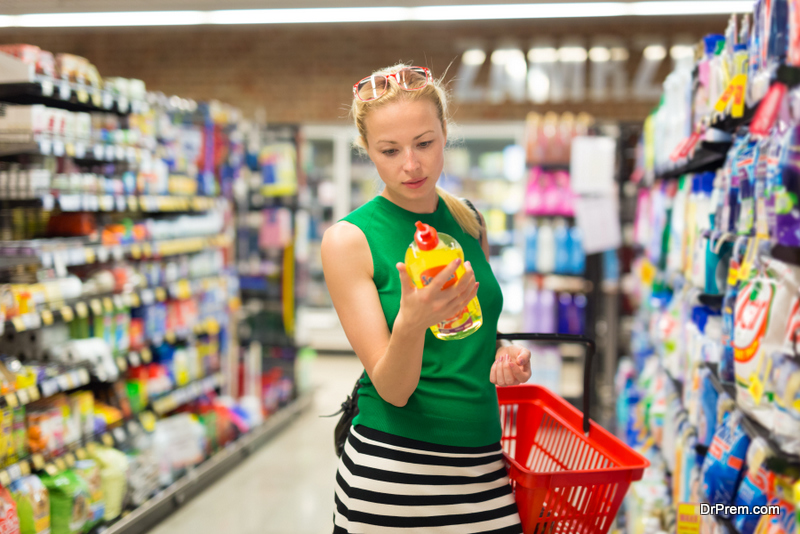Each time you go shopping; do you almost always head for the aisles stocking products made from organic, sustainable materials?
Are you willing to pay the extra cost to support companies that operate with a strong focus on an eco-friendly environment?
If this is you, know that you belong to the 75% of Millennial Americans who are making the conscious choice and effort to phase out the plastics and other toxins in their homes in favor of cleaner, greener products. And, that’s a fact corroborated by the Nielson study conducted over the internet on a global scale.
Americans are Phasing out Toxins from their Homes Too!
 Not only are Americans opting for greener products, but they are also making a dedicated effort to switch to organic and reusable items around the house while phasing out the single-use and plastic disposables. With the rising awareness of the toxins present in plastics, you would also want to transform your home into an eco-friendly environment that is safe for kids and pets. And, one of the best ways to do that is to introduce stainless steel, glass, and fabrics made with organic materials like jute and cotton.
Not only are Americans opting for greener products, but they are also making a dedicated effort to switch to organic and reusable items around the house while phasing out the single-use and plastic disposables. With the rising awareness of the toxins present in plastics, you would also want to transform your home into an eco-friendly environment that is safe for kids and pets. And, one of the best ways to do that is to introduce stainless steel, glass, and fabrics made with organic materials like jute and cotton.
Thankfully, you won’t have to look far for such everyday items. To cater to the growing demand, various reputable companies are offering you the products you need. In addition to the obvious Amazon, eBay, and various other online stores, you can rely on e-commerce websites like CarryGreen that are committed to providing you with the eco-friendly items you’re looking for.
Wondering what would be a good place to start?
Step 1 – When You Shop for Groceries and Other Items
Did you know that according to the Tampa Bay Times, the American grocery giant, Kroger Co. is planning to transition to reusable bags? To date, the company orders around 6 billion bags annually to cater to its 9 million daily customers. But, now, shoppers have the option of investing in reusable bags for a nominal charge of $1 to $2 while brown paper bags are free of cost. By the time the year 2025 rolls around, you may find that the chain store is completely free of plastic bags. Now there’s a company committed to building an eco-friendly environment!
If you’re a frequent shopper at Kroger’s, or any other grocery store for that matter, it could be time to switch to bags made from natural fibers like jute, cotton, and burlap. Not only can you use these bags multiple times, but they are also washable which means that when they start to look dirty, you only need to toss them in the washer.
Step 2 – When You Carry or Store Beverages and Food
 In an attempt to cut back on the millions of tons of plastic bottles that end up in landfills, various high-end malls, and other public places now have filling stations for water. People prefer to carry their bottles for water and fill them at no cost at any of the stations available everywhere. This move contributes to the creation of an eco-friendly environment. Side-by-side, you’ll save on the cost of the purchasing water. Most important, you’ll prevent ingesting the various chemicals that leach into the water from the plastic it is stored in.
In an attempt to cut back on the millions of tons of plastic bottles that end up in landfills, various high-end malls, and other public places now have filling stations for water. People prefer to carry their bottles for water and fill them at no cost at any of the stations available everywhere. This move contributes to the creation of an eco-friendly environment. Side-by-side, you’ll save on the cost of the purchasing water. Most important, you’ll prevent ingesting the various chemicals that leach into the water from the plastic it is stored in.
Is that something you should worry about? Beverage bottles, disposable boxes that you receive with takeaway meals, and the food storage containers that you use at home release various chemicals into their contents. For instance, polystyrene releases styrene while polycarbonate emits bisphenol A. Yet another chemical polyvinyl chloride breaks down to convert into vinyl chloride. All of these compounds can create havoc with your endocrine system leading to heart disease, asthma, obesity, cancer, oxidative stress, and adverse effects on the reproductive system. Check out this feature on the NPR for more details on how that happens.
Step 3 – When You Wear Clothes Made with Synthetic Fibers
Each time you pick up a smart t-shirt or snug, soft sweater, or even a slinky dress that molds around your body like a second skin, you might want to think about how the microfibers in these garments are going to affect the environment. Like this article on The Guardian explains, when you run a full wash load, tiny fibers from your clothes rush down the drains making their way into the rivers and ultimately, the seas. Since these fibers are made from nylon and other synthetic materials created from petroleum products, they’re unlikely to degrade for centuries.
In the oceans, the microplastics and invisible pollutants poison plankton, coral reefs, and other tiny organisms that form the first link in the food chain. Think about what happens when they travel higher until they reach your table through the seafood you relish. If this information is scary enough, it may be time to think about moving on to natural fibers that can help you build a more eco-friendly environment. And, a smart way to begin is with the sheets and linens you use around the house. Make a great start with cushion covers, runners, towels, and sheets that are made with pure cotton, soft burlap, or any other fibers extracted from plants.
Building an Eco-Friendly Environment Starts with You!
 Cleaning up the earth and reversing the damage is not an easy road. However, you can take the first few steps for an eco-friendly environment by making the right choices in your day-to-day living. When you start to look around, there are many alternatives. For example, packaged foods laced with preservatives and chemicals can be substituted with fresh produce from farmer’s markets. Or, create your own bathing and cleansing agents with plant products that will easily biodegrade when they run down into the rivers.
Cleaning up the earth and reversing the damage is not an easy road. However, you can take the first few steps for an eco-friendly environment by making the right choices in your day-to-day living. When you start to look around, there are many alternatives. For example, packaged foods laced with preservatives and chemicals can be substituted with fresh produce from farmer’s markets. Or, create your own bathing and cleansing agents with plant products that will easily biodegrade when they run down into the rivers.
With a little smart thinking, you can do your bit for the future of the planet. It’s the best legacy you’ll leave for future generations.
Article Submitted By Community Writer


